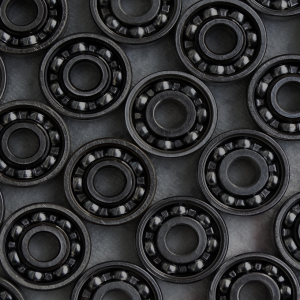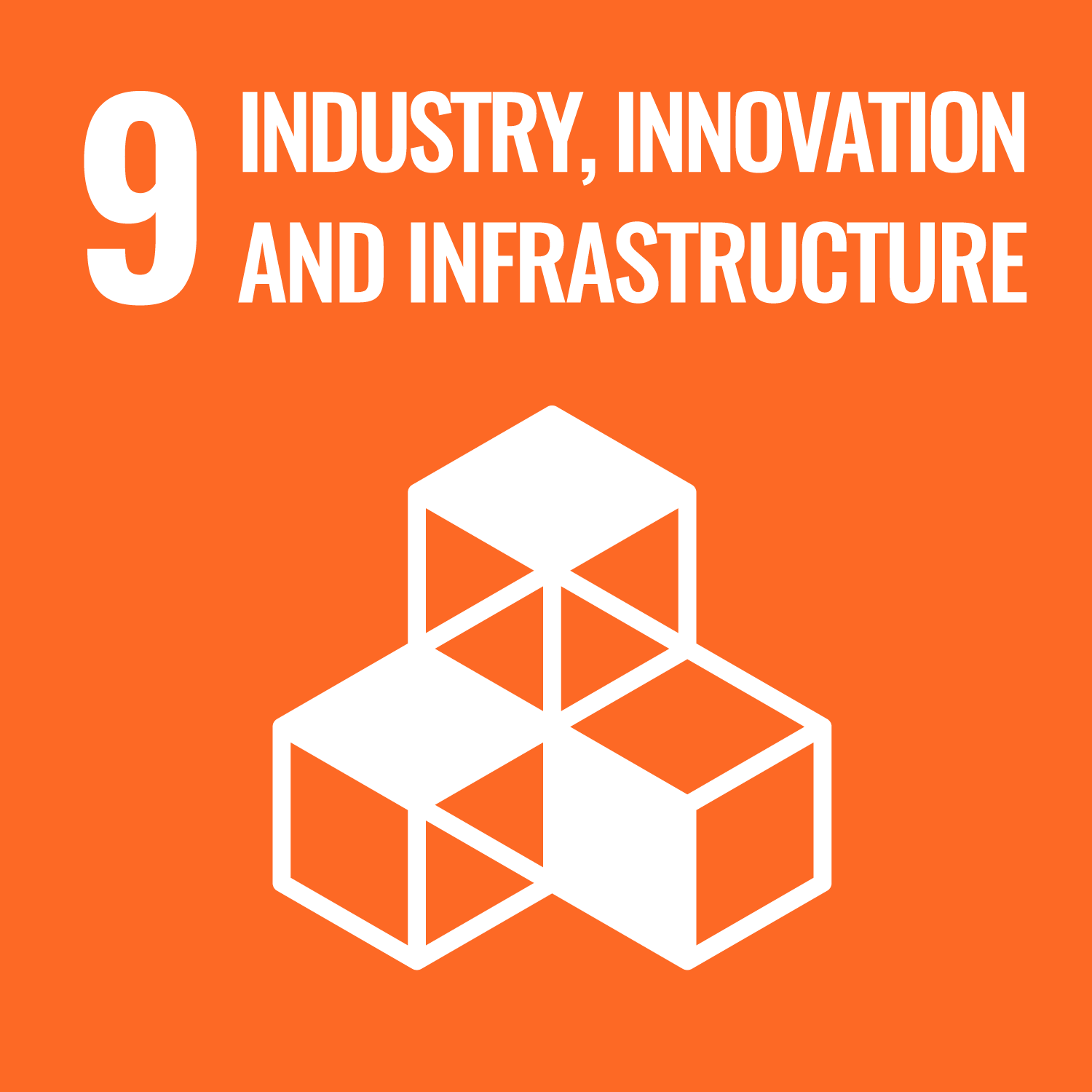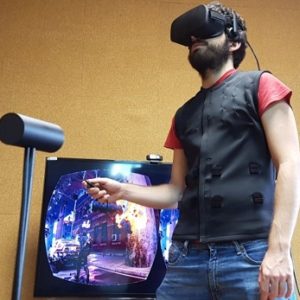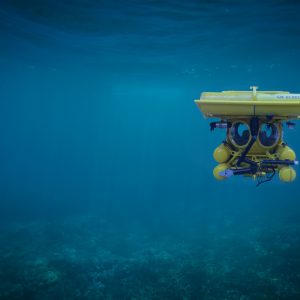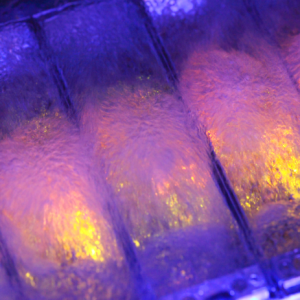Brief description of the technology solution and the added value it provides
A joint analysis by the UN and the Center for Research on the Epidemiology of Disasters (CRED) confirms that natural disasters are now more intense and deadly. In 2016 there were losses amounting to more than € 175,000 million, affecting 411 million people and causing 7,628 deaths. Prometeo is a small robot inspired by the morphology of the hexapods. However, its legs are not conventional, but have a “C” shape which allows it to move through difficult terrain and overcome obstacles like stairs. Thanks to this, it can be introduced in places where robots with wheels or caterpillars would be stuck. Therefore, it shows the rescue teams the situation, so that they can evaluate how to act without having to put their lives at risk.
Description of the technological base
It is a hexapod robot designed for rapid deployment in emergency situations.
Its configuration of 6 legs and their morphology makes it able to move through abrupt and unfavorable lands, places where commercial robots with wheels or caterpillars can not move. Furthermore, it is reversible; this means that if the robot overturns for any reason, it can continue moving in this position.
This represents a great advance compared to conventional methods for rescue tasks because it can enter more than 3 meters as it happens with poles. Thanks to its legs system it is able to overcome more obstacles than other robots.
“The rescue teams are at great risk in each operation; the robots can be their allies and anticipate what they will find“
Market demands
Search and rescue teams
-
- Search and rescue teams are more effective if they have information on the area where they have to act.
- The automation of some tasks can mean saving time, which increases the possibility of finding survivors.
- The use of dogs is limited to just some applications: they need to rest, suffer injuries, …
- The poles only provide timely information to the rescue teams and up to 3 meters depth.
- Even if the dog enters, it can only verify if a survivor has been found, not the existent risks located in the path or the most optimal route.
- Survivors often need medical/psychological advice while their rescue is in progress. They need communication with the outside world.
Competitive advantages
- The robot has been specifically designed for search and rescue tasks, unlike others specially adapted for these tasks.
- It has more range than conventional poles currently used, it is only 3 meters and can not enter winding places.
- It does not require an expensive training or a demanding care as the dogs selected for these tasks. The training programme lasts more than 200 sessions and you have to add care costs for dogs and the caregiver.
- It allows to maintain an audiovisual contact with victims while they are rescued.
- It is capable to generate a 3D reconstruction of the scenario where it is circulating so that the rescue teams know the situation.
- It has a locomotion system that is able to overcome obstacles such as debris or stairs.
Development stage
- Concept
- Research
- Lab prototype
- Industrial prototype
- Production
Contact
Contacto Prometeo
Antonio Barrientos Cruz, Jorge De León Rivas
Centro de Automática y Robótica CAR UPM-CSIC
e:
e:
Contacto UPM
Área de Innovación, Comercialización y Creación de Empresas
Centro de Apoyo a la Innovación Tecnológica – UPM
e:




